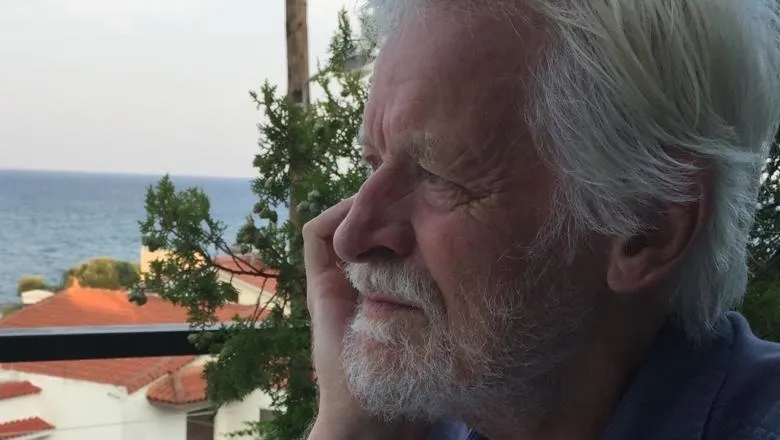13 November 2019
In memory of William J Harvey
23 November 1941 - 22 October 2019

King's College London is saddened to report the death of Bill Harvey, Emeritus Reader in the Department of Mathematics.
Bill joined the Department in 1972 and was a familiar figure in London mathematical circles well after his retirement in 2008. He ran frequent seminars and reading groups together with Shaun Bullett at QMUL, including the London Geometry and Topology Seminar for many years. Shaun has provided much of the tribute below.
During his time at King's, Bill Harvey became an internationally leading expert in Riemann surfaces, automorphic forms, Kleinian groups and hyperbolic three-manifolds, Teichmüller spaces, mapping class groups and moduli spaces. Together, these areas have been at the centre of mathematics for a century. It is well known that every finite group can appear as the group of automorphisms of a Riemann surface. But, for a given finite group, what is the minimum genus of a surface for which it is a group of automorphisms? Bill had answered this question for cyclic groups in his PhD thesis under the supervision of Murray Macbeath in Birmingham, and published the result in the Quarterly Journal in 1966.
Bill's first position after his PhD was at Columbia University in New York, where he met his wife, Michele. During his formative six years in New York he became an important part of the Bers-Ahlfors group, working with similarly minded mathematicians, before returning to the UK.
In 1977, William Thurston proposed his 'Geometrization Conjecture' for 3-manifolds, an extraordinarily ambitious generalization of the Poincaré Conjecture (at that time unsolved), which became the focus of a great deal of research for the following 35 years, culminating in its complete proof through the combined work of many researchers. Bill Harvey played his part: Bill's 'Complex of Curves' on a Riemann surface was key to the study by Masur and Minsky of the ends of hyperbolic 3-manifolds, which led to the proof of the 'Ending Lamination Conjecture' (one of the deepest parts of Thurston's programme) by Minsky and co-workers in 2012. 'Harvey's Complex of Curves' is now a standard tool for researchers in mapping class groups and in hyperbolic 3-manifolds. His work with Fred Gardiner in the early 2000s on the 'Universal Teichmüller Space' has also been very influential.
In the early 1980s, Bill and members of his reading group were among the first in the UK to study Thurston's notes, from an early copy Bill had brought across the Atlantic. Bill's research was continually held in the highest regard worldwide, particularly in the US. More recently, and as an illustration of Bill's broad mathematical taste, the group studied topics ranging from 'Moonshine' to the work of Maryam Mirzakhani. Bill came into the university weekly, and we all benefitted from his cheerful greetings. He was discussing cutting edge mathematics with a supportive group of loyal colleagues well into the summer of 2019, before his illness made it impossible.
Bill greatly enjoyed teaching. He introduced an innovative practical approach to the undergraduate teaching of Geometry, with some of his lectures resembling lab sessions in which students were taught to think for themselves. King's Maths School inherited a large set of Polydron construction tiles he had famously purchased for his own students. He was exceptionally knowledgeable about a wide range of mathematics, far beyond his own research, and always happy to share this with anyone who expressed an interest, be she or he a student, a colleague or a world-leading researcher. He particularly loved and was loved by his PhD students, to whom he devoted a great deal of his time and attention. Bill was also a former marathon runner, though not everyone knew that he ran to and from his home in North London to King's during all his years here. He will be sorely missed.
